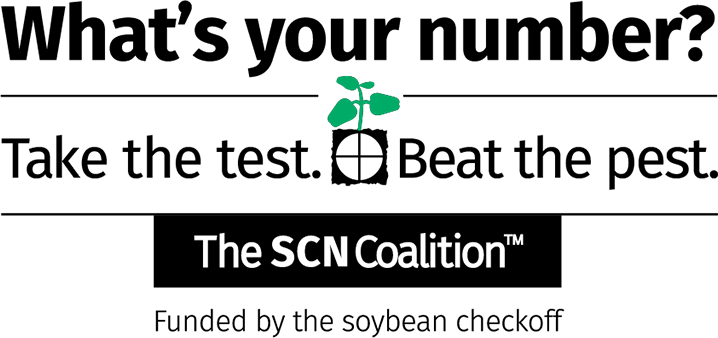
University of Illinois Urbana-Champaign
SCN is an economically important pest because:
- SCN is considered the number one yield robber of soybeans in Illinois.
- SCN is found in every county in the state.
- SCN is present in an estimated 70-80% of statewide agricultural fields.
- Many Illinois SCN populations can reproduce on the most widely used source of resistance (PI 88788). This means that using soybeans with this source of resistance may not result in sufficient control of SCN populations.
- SCN distribution.
SCN Management Recommendations
There are multiple tactics for managing SCN:
- Test soil for SCN numbers and HG types to assess the effectiveness of your SCN management program. Testing fields every 3-5 years is a good way to stay on top of SCN populations and minimize economic impacts.
- Use an SCN resistant variety and if possible use a variety with a resistance source that will manage the HG types in your fields. Even if a variety with PI 88788 is used, it will provide better control than a variety without SCN resistance.
- SCN resistance is complex, and different varieties with the same source of resistance often differ in their effectiveness to control SCN populations. Rotate soybean varieties, especially if planting continuous soybeans.
- Rotate to non-host crops (e.g. corn, sorghum) to help prevent a buildup of SCN. More than one year away from soybean may be required to sufficiently reduce the SCN population to a non-damaging level.
- If resistance and rotation are not working as determined by soil sampling and yield, consider incorporating additional options. Examples include the addition of nematode protectant seed treatments, cover crops, or the use of double crop soybean production systems.
University of Illinois Urbana-Champaign Experts


Jason Bond
Nematologist, Southern Illinois University
University of Illinois Urbana-Champaign
618-453-4309
